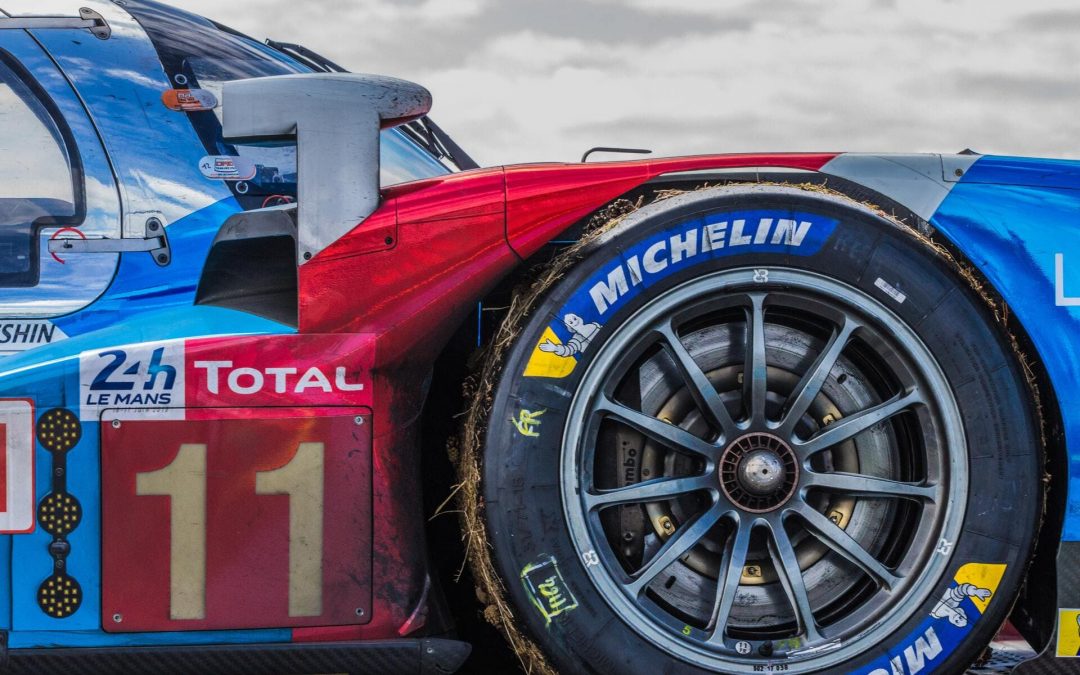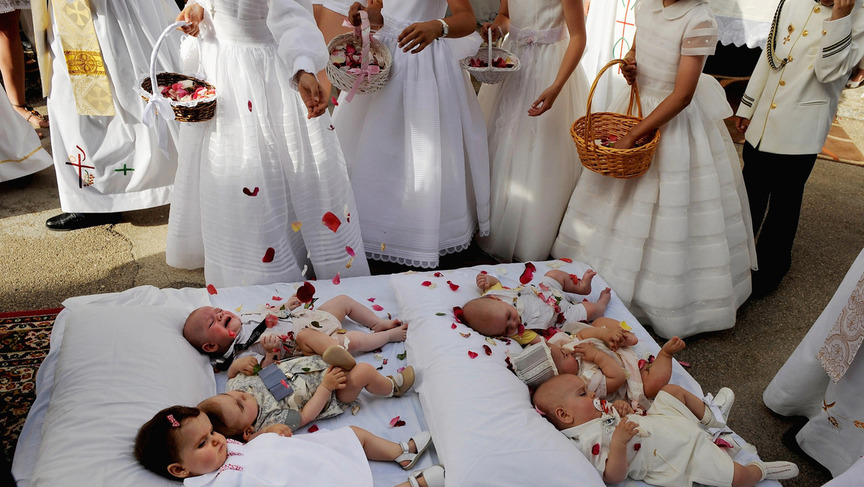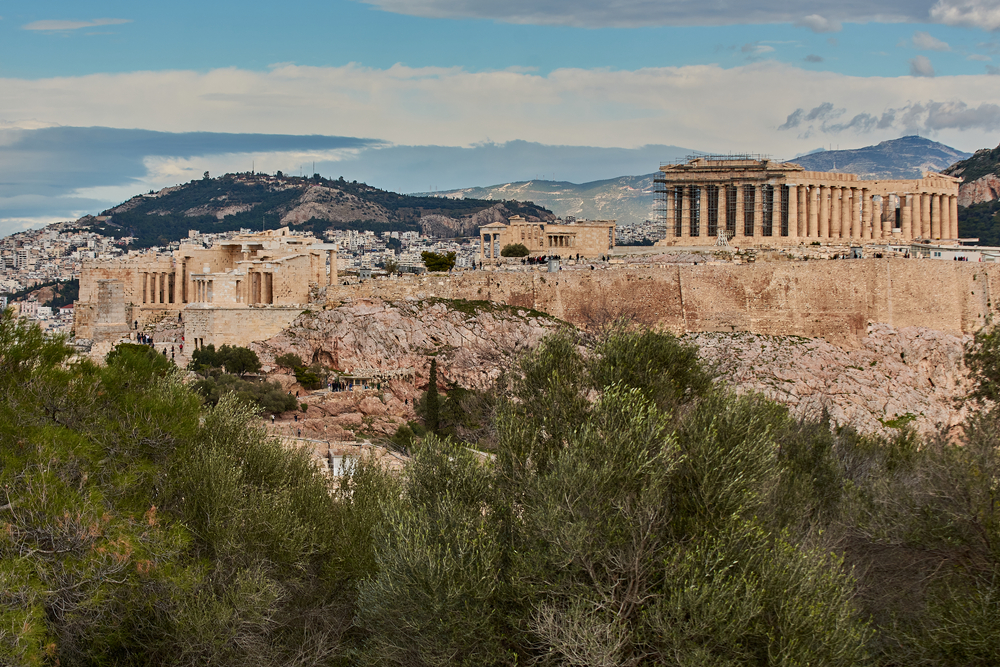
Extreme Ski And Snowboard Athletes Put On A Colorful Show To Close 2022 Season In Switzerland

Extreme athletes in Switzerland have made an extraordinary and vivid show marking the end of 2022 ski season. This show spectacle was a part of an annual event called ‘The Nines’, that takes place at the Crans-Montana resort in April.
Each athlete carried in a hand a brightly colored flare as they were making stunts and tricks. The skiers were filmed from up above as they were painting the snowy canvas of the snowpack in different colors. The result of this flashy extravaganza will leave every single one mesmerized.
The Nines is a freestyle and snowboarding event that brings together world’s top athletes displaying various tricks and moves that defy gravity. Top-notch skiers and snowboarders go against each other in a 6-day competition, showing off their skills and abilities. The freeskiers and snowboarders compete in four main categories. In each category, athletes can be awarded ‘Best trick’, ‘Best style’ and ‘Ruler of the week’.
Each year I think that we can’t possibly push things any further, and each year the riders prove me wrong. I’m continually in awe of what these athletes bring to the table, and glad that our event is able to help them push the sport to new levels.
The event is renowned for the most creative and innovative snow park set-ups, that leaves even pro-riders speechless. The Nines is a mecca for progressive skiing and snowboarding.
The event was first introduced under the name ‘Nine Knights’ back in 2008 when freeskier and now the founder of the event Nico Zacek hosted a private jump session in Oberstdorf, Germany. Since then, it has evolved into an international spectacle.










